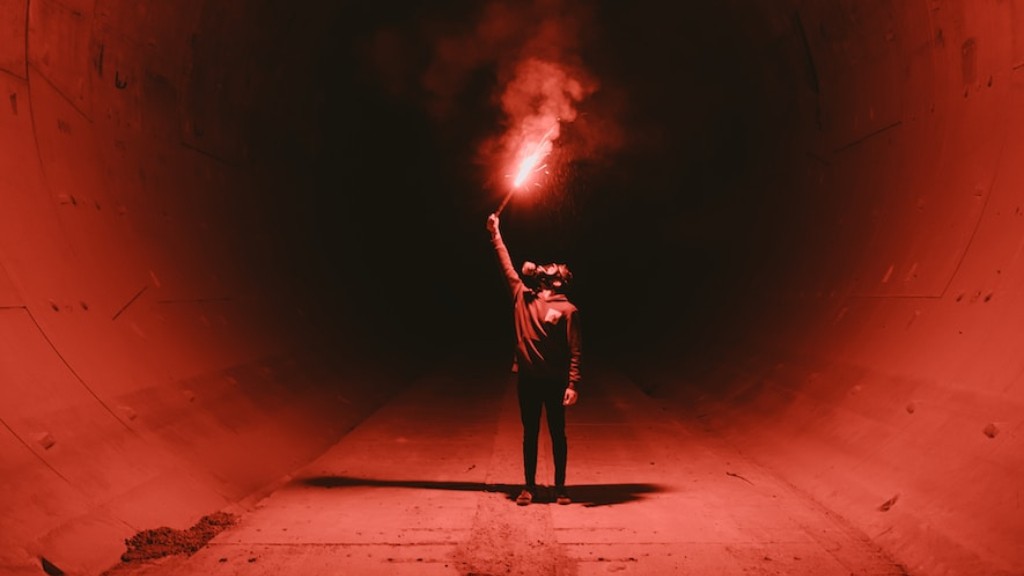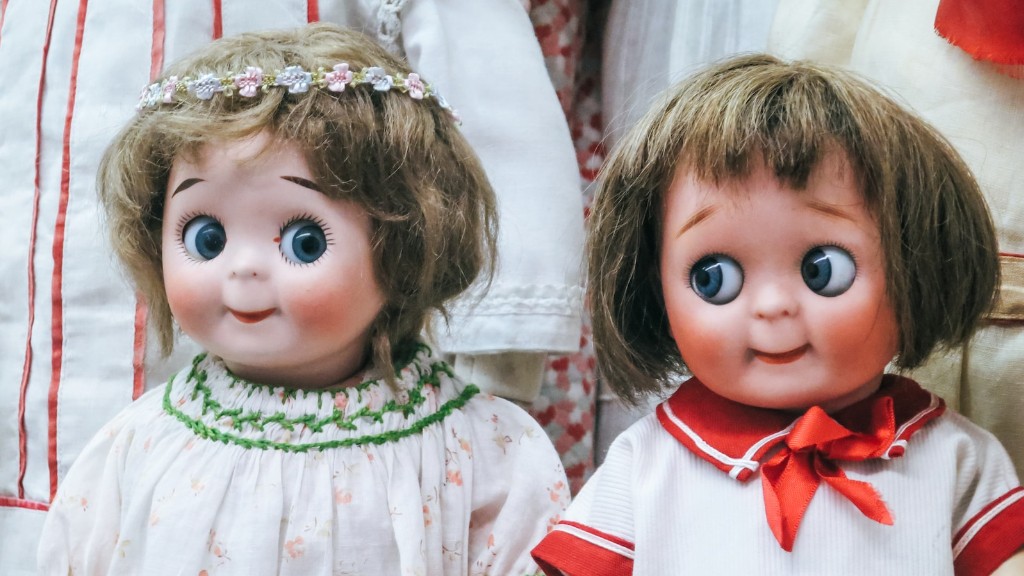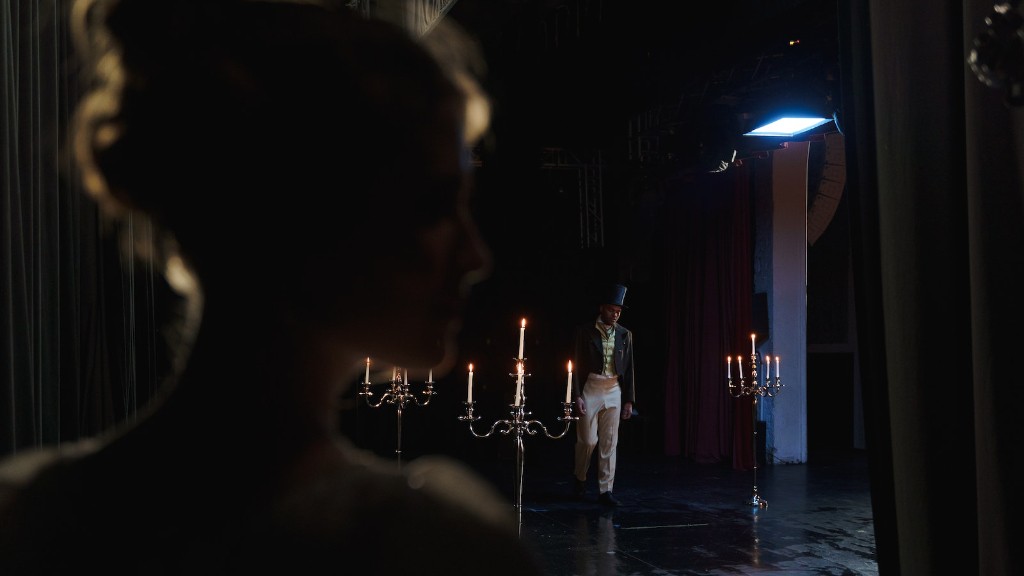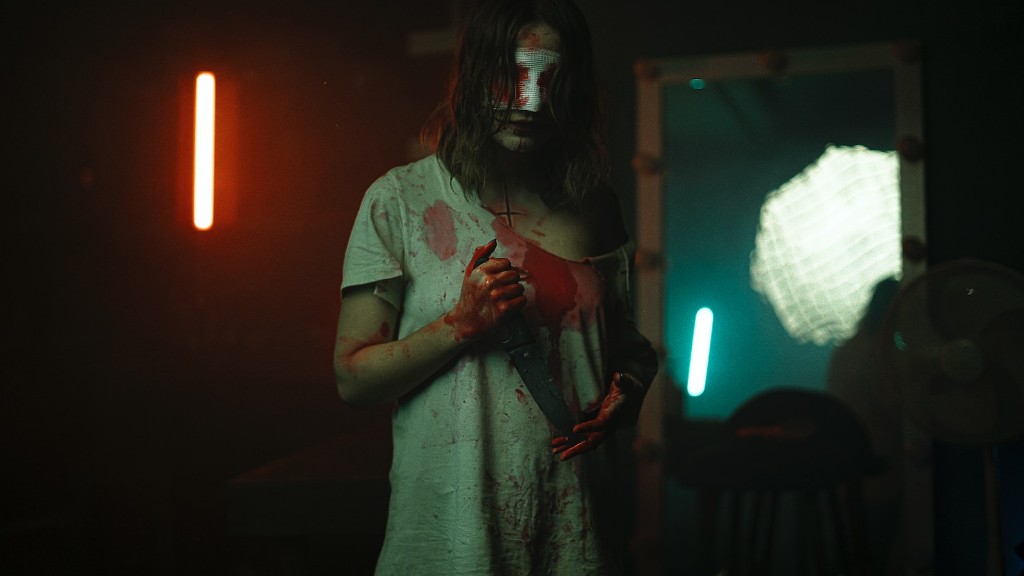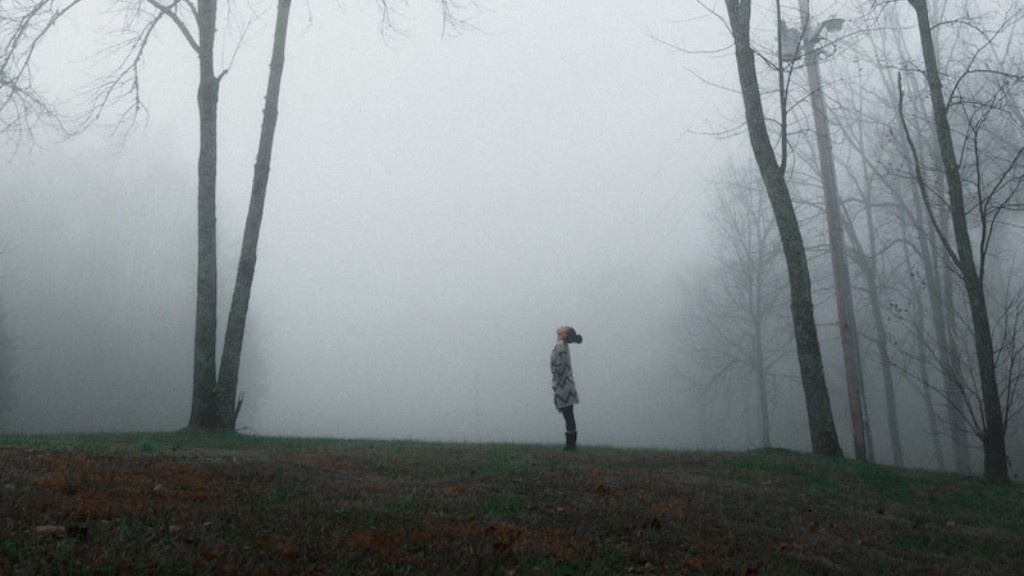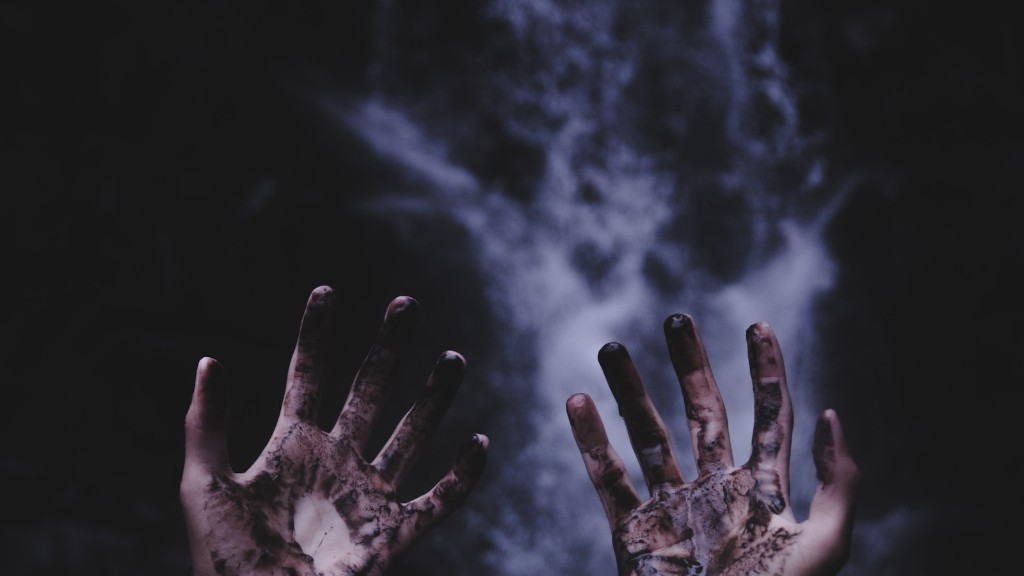80s style horror movies were characterized by their use of cheesy special effects, over-the-top acting, and campy storylines. Today, horror movies are generally much more realistic, focusing on suspense and fear rather than gruesome violence and blood. Many people wonder what happened to the 80s style horror movie. Some believe that it simply became too clichéd and formulaic, while others believe that the popularity of gore-filled horror movies like “Nightmare on Elm Street” and “Friday the 13th” signaled the end of the campy horror movie. Whatever the reason, the 80s style horror movie is now largely a thing of the past.
In the early 2000s, horror movies began to move away from the slasher style that had been popular in the 1980s. The new millennium brought a new wave of horror, one that focused on psychological terror and suspense rather than cheap scares and gore. This change in taste meant that the 80s style of horror was no longer in demand, and as a result, many of the directors and studios that specialized in that type of film went out of business.
Why was 80s horror so good?
The 1980s saw a boom in the horror movie genre, thanks in large part to the introduction of home video. The VCR made movie watching a private activity for the first time in the medium’s history, conducted in the home rather than in a regulated public theatre. This allowed for a more relaxed attitude towards sex and violence, which was reflected in the films of the time. People wanted to see more of both, and horror movies delivered.
The ’80s was a decade that saw a lot of focus on style over substance. This was especially apparent in the music of the era, where many artists hid their true insights behind vibrant visuals. This approach also carried over into the world of horror movies, where some of the best examples from the ’80s are Sam Raimi’s Evil Dead and Andrzej Żuławski’s Possession. Both of these films are spectacles of overwhelming gore that manage to shock and disgust audiences in equal measure.
Why is horror not scary anymore
The horror genre has long been considered a lower form of entertainment, and the films produced within it have been largely dismissed by the mainstream film community. This began to change in the late 1970s, when a new wave of horror filmmakers began to produce films that were both more sophisticated and more terrifying than what had come before. These filmmakers, including John Carpenter, Wes Craven, and Tobe Hooper, helped to legitimize the genre and to prove that horror could be a powerful and effective form of filmmaking.
However, as the genre became more respected, it also became less scary. The new wave of horror filmmakers were more interested in making films that would be acclaimed by critics and awarded at festivals than in making films that would truly frighten audiences. As a result, the horror genre has become increasingly safe and predictable, and many of the films that are released each year are more likely to elicit a chuckle than a scream.
In the 90s, film production quality improved a lot. With the new audio systems, theater projection techniques, and lighting, horror films were a lot more immersive than they were in the 20s. This decade had a horror film trend of including slashers into their movies.
When was the horror genre at its peak?
The Golden Age of Horror is widely considered to be the finest era of the genre. The two decades between the 1920s and 1930s saw many classics being produced. The silent classics and the talkies can be neatly divided down the middle to create a separation between the two eras.
Psycho is a 1960 American psychological thriller film directed and produced by Alfred Hitchcock, and written by Joseph Stefano. It stars Anthony Perkins, Janet Leigh, John Gavin, Vera Miles, and Martin Balsam, and was based on the 1959 novel of the same name by Robert Bloch. The film centers on an encounter between a secretary, Marion Crane (Leigh), who ends up at a secluded motel after stealing money from her employer, and the motel’s disturbed owner-manager, Norman Bates (Perkins), and its aftermath.
Night of the Living Dead is a 1968 American independent horror film directed, photographed, and edited by George A. Romero, co-written by Romero and John Russo, and starring Duane Jones and Judith O’Dea. The story follows seven people who are trapped in a rural farmhouse in Western Pennsylvania, which is besieged by an ever-growing group of cannibalistic zombies.
House of Wax is a 1953 American 3D horror film directed by André De Toth and starring Vincent Price, Charles Bronson, and Phyllis Kirk. The film was released by Warner Bros. on May 7, 1953, and was the first 3D film to be released by the studio.
Eyes
What decade is considered the golden age of horror?
Halloween was a huge hit when it was released in 1978 and it defined the horror genre for the 1970s. The film was so successful that it spawn a series of sequels and imitators. For many people, the first Halloween movie is the best and it remains a classic today.
There’s no doubt that the Golden Age of horror movies was between 1931 and 1946. During this time, Boris Karloff and Bela Lugosi became legends thanks to their iconic portrayals of literary and mythological monsters. This was also the era when movies like “Dracula” and “Frankenstein” were released, cementing their place in popular culture. If you’re a fan of horror movies, then this is definitely a period worth exploring.
Why did the 90s have such good movies
A lot of films from the 90s show a time that seems simpler and more innocent than the present. This is because many of these films were written by baby boomers, who tended to have more positive experiences during that time period. Even if someone had a dead-end job in the 90s, they were still able to afford accommodation and live in a nice neighbourhood. This is in contrast to the present day, where it is much harder to get by financially.
If you are struggling with anxiety, it is best to avoid watching horrific images. These images can trigger unwanted thoughts and feelings, and increase your anxiety or panic levels. They can also make you more sensitive to startle-eliciting stimuli, making it more likely that you will respond negatively and misinterpret the sensations as real threats. If you find that you cannot avoid watching horrific images, try to restrict your exposure to them as much as possible. And, if you do watch them, be sure to do so in a way that minimizes your anxiety and maximizes your ability to cope with the images.
Why are girls afraid of horror movies?
It has long been known that men and women differ in their reactions to fear and anxiety. Now, new research suggests that these differences may be due, at least in part, to differences in the way that men and women’s brains process these emotions.
According to the new study, published in the journal Frontiers in Human Neuroscience, men and women differ in the way they anticipate an unpleasant emotional experience, which influences the effectiveness with which that experience is committed to memory.
Specifically, the study found that women’s brains are more likely to encode the details of a negative experience than men’s brains, which may explain why women are more likely to be terrorized by horror movies.
“Our findings suggest that women’s brains may be more hardwired for threat anticipation and memory encoding than men’s brains,” said study author Christian Gråtler, a professor of psychology at Aarhus University in Denmark.
The study was based on a experiment in which participants were shown a series of negative and neutral images, such as pictures of people with facial injuries or car accidents. The participants were then asked to rate how unpleasant they found each image.
The results showed that women rated the images as more unpleasant than men, and that they were more
It is true that some people might relish terrifying scenes while others could experience acute distress, especially children. Their brains are not yet able to process threatening and disturbing images—even if they are make-believe.
Who changed the horror genre
Released in 1996, Scream was one of the defining horror films of its era and continues to be hugely influential 25 years later. Not only did it revive the slasher genre which had been stagnating for years, but it also injected new life into the found footage format which was still in its infancy.
It’s hard to overestimate the impact that Scream has had on the horror genre as a whole. In many ways, it feels like the genre is still playing catch-up to the game-changing innovations that Craven brought to the table. We all owe a debt of gratitude to this horror maestro, and Scream stands as his most enduring legacy.
The 1912 Italian film version of Frankenstein was the first Monsters movie ever made. It was also the first movie to feature a monster as the main character. In the film, Frankenstein is a scientist who creates a sapient creature through a scientific experiment. The creature is hideously deformed, but it is also intelligent and able to speak. Frankenstein’s monster is a popular character in pop culture, and it has been featured in many films and television shows over the years.
Who started the horror genre?
The horror genre officially began with Georges Méliès in the 1890s. The film industry began in the early 1800s, but it was Méliès who first brought horror to the big screen. Méliès was a French filmmaker who is best known for his work in the fantasy and horror genres. He is credited with creating the first horror film, Le Manoir du Diable, in 1896. The film featured a demonic creature terrorizing a group of people in a castle. Méliès went on to make several other horror films, including The Haunted Castle (1897), The Cabinet of Dr. Caligari (1920), and Nosferatu (1922). These early horror films laid the foundation for the genre, and Méliès is considered to be the father of horror cinema.
Hello!
If you enjoy scary movies, then you’ll definitely want to check out our list of the 10 scariest horror movies ever! From classics like “The Exorcist” to modern thrillers like “Hereditary”, there’s something for everyone to enjoy (and be scared by!)
So why not curl up with a bowl of popcorn and a blanket, and prepared to be scared out of your wits!
Conclusion
The horror movie genre saw a shift in the early 1990s, away from the more traditional, 80s-styled horror movies. This was due in part to the popularity of gore films such as the “Nightmare on Elm Street” franchise, and “Friday the 13th” franchise.
The 80s was a decade that saw many different styles of horror movies. Some were more serious, while others were more campy. However, all of them had one thing in common: they were filled with suspense, scares, and gruesome violence. Unfortunately, many of these movies have been forgotten over time. Thankfully, there are still a few fans who remember these classics and appreciate them for what they are.
